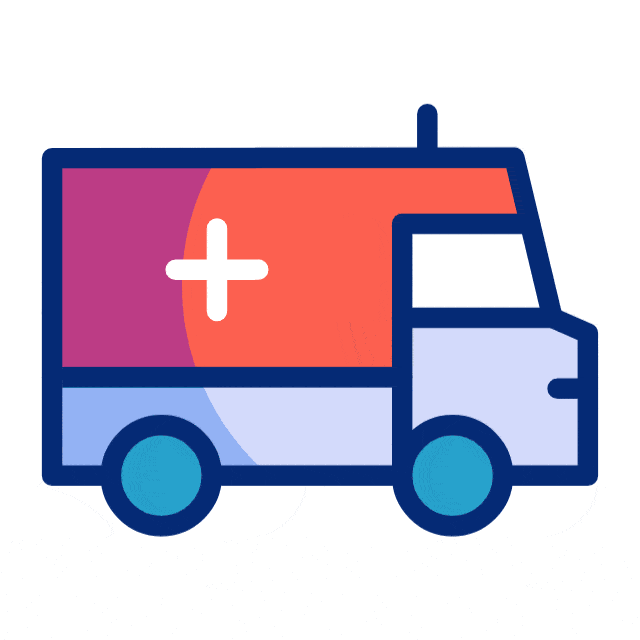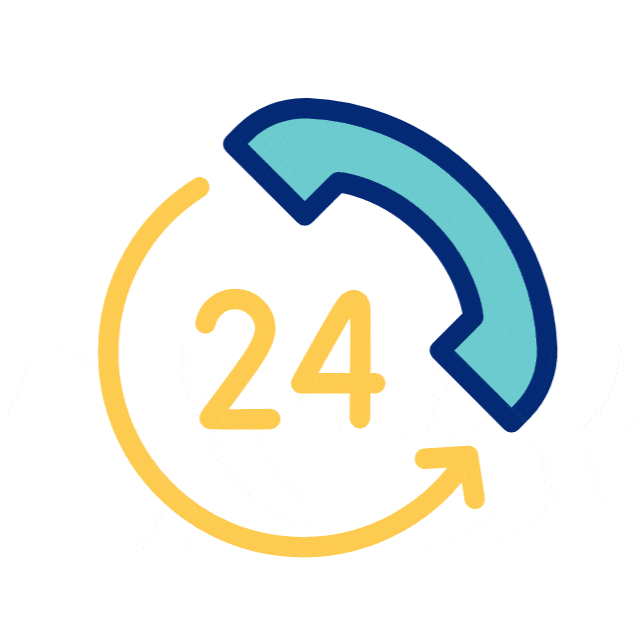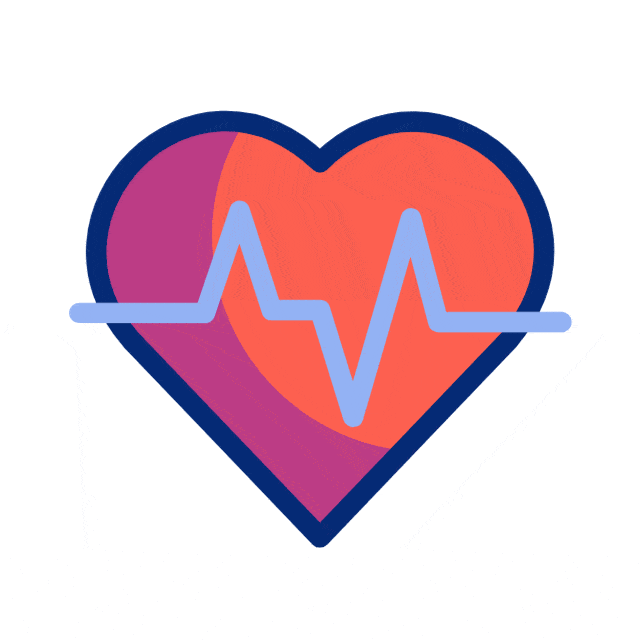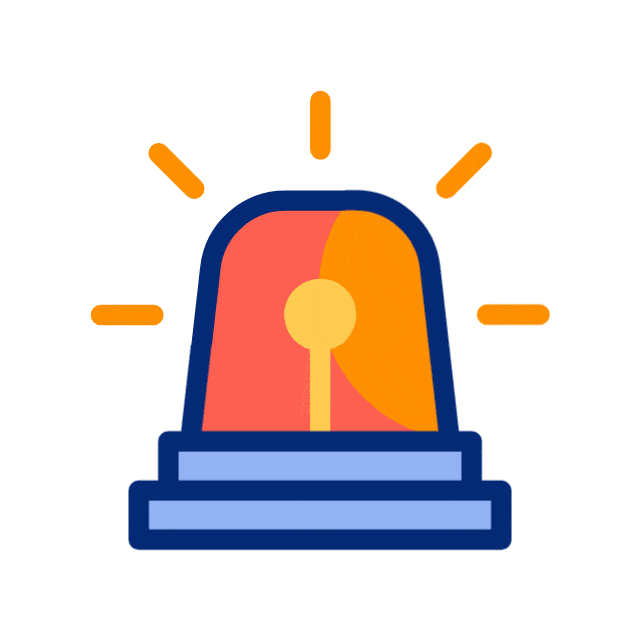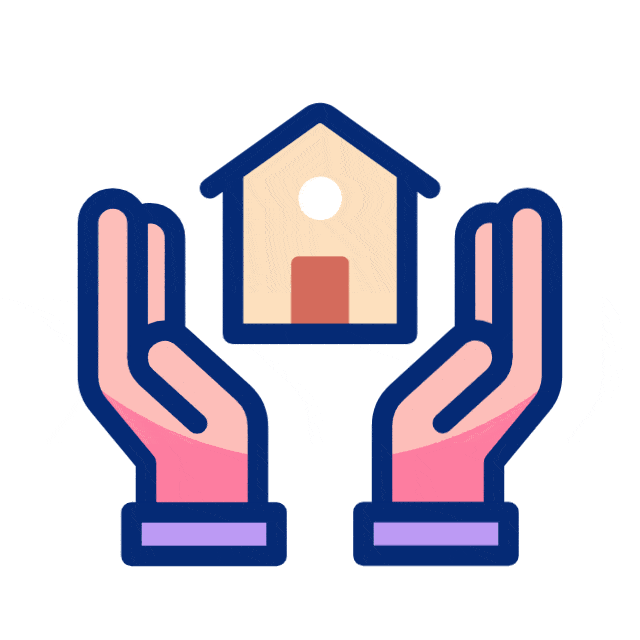Category : Cardiology & CTVS
From DIAGNOSTICS to TREATMENT to RECUPARATION
we provide you Superior Cardiac Care
Understand the warning signs early:

A heart attack, also called a myocardial infarction, happens when a part of the heart muscle doesn’t get enough blood.
The more time that passes without treatment to restore the blood flow, the greater the damage to the heart muscle. Hence time to treatment is crucial.
Over 50% of the heart attack deaths occur before the person reaches hospital and almost 25% of people who die from a heart attack die within one hour of their first warning symptom.
Warning symptoms vary from person to person and they may not always be sudden or severe. Although chest pain or discomfort is the most common symptom, some people will not experience chest pain which is termed as ‘Silent Heart Attack’.
| Symptoms may include pain, pressure, heaviness or tightness in one or more parts of theupper body including | Other symptoms |
|---|---|
| Chest | Nausea |
| Neck | Shortness of breath |
| Lower Jaw | Dizziness |
| Arm(s) | Cold sweat |
| Shoulder(s) or Back | Loss of consciousness |
Knowing the warning signs of heart attack and acting quickly can reduce damage to your heart and increase your chance of survival.
If you experience the warning signs of heart attack or if they are severe or get progressively worse, call 9632388848 /08212335555 immediately and ask for an ambulance or Call Ambulance Emergency Helpline -14455
What you can do once you experience possible Heart Attack Symptoms?
- Don’t Panic
- Consult nearby Physician/Doctor
- Call emergency Help line & Summon an Ambulance
- Rush to nearest Heart Care Center
How is a heart attack diagnosed?
- Electrocardiogram
- Blod oTests – Troponin I/T, CK-MB
- Echocardiogram
- Coronary angiogram
What needs to be done if one has a heart attack?
- Primary goal in Heart attack is to restore the blood flow by opening the occluded artery within 60-90 minutes after arrival to the hospital. This can be achieved by Thrombolysis or Primary angioplasty.
- In thrombolysis, clot dissolving medications will be given to lyse the clot and restore normal blood flow.
- In Primary angioplasty, the blocked artery is opened by a balloon and a stent is inserted to restore normal blood flow.
- Primary angioplasty is the best choice to survive a heart attack. This procedure is done in hospitals equipped with Cath lab and performed by the Interventional Cardiologist.
- JSS Hospital Cardiac Care Center provides 24×7 services for Primary angioplasty and has facilities for comprehensive management of Heart Attack.
- Follow-ups following angioplasty/ stenting are mandatory for the optimization of treatment, screening for adverse effects or complications as well as control of risk factors.

Interventional Cardiology procedures done in JSS Hospital, Mysuru
- Coronary Angiogram & Angioplasty
- Primary Angioplasty
- Peripheral vascular interventions
- Balloon valvotomy
- Paediatric Cardiac Interventions
- Pacemaker, ICD, CRT Implantation
- EP study & Radiofrequency Ablation

Golden Hour – Nothing is more Precious than Life
The first 60 minutes, also called as ‘Golden Hour’, in Heart attack management is extremely crucial, and the probability of saving a life increases if right care is provided in right time.
For Emergency Cardiac Services @ JSS Hospital, Mysuru contact : 96323 88848

